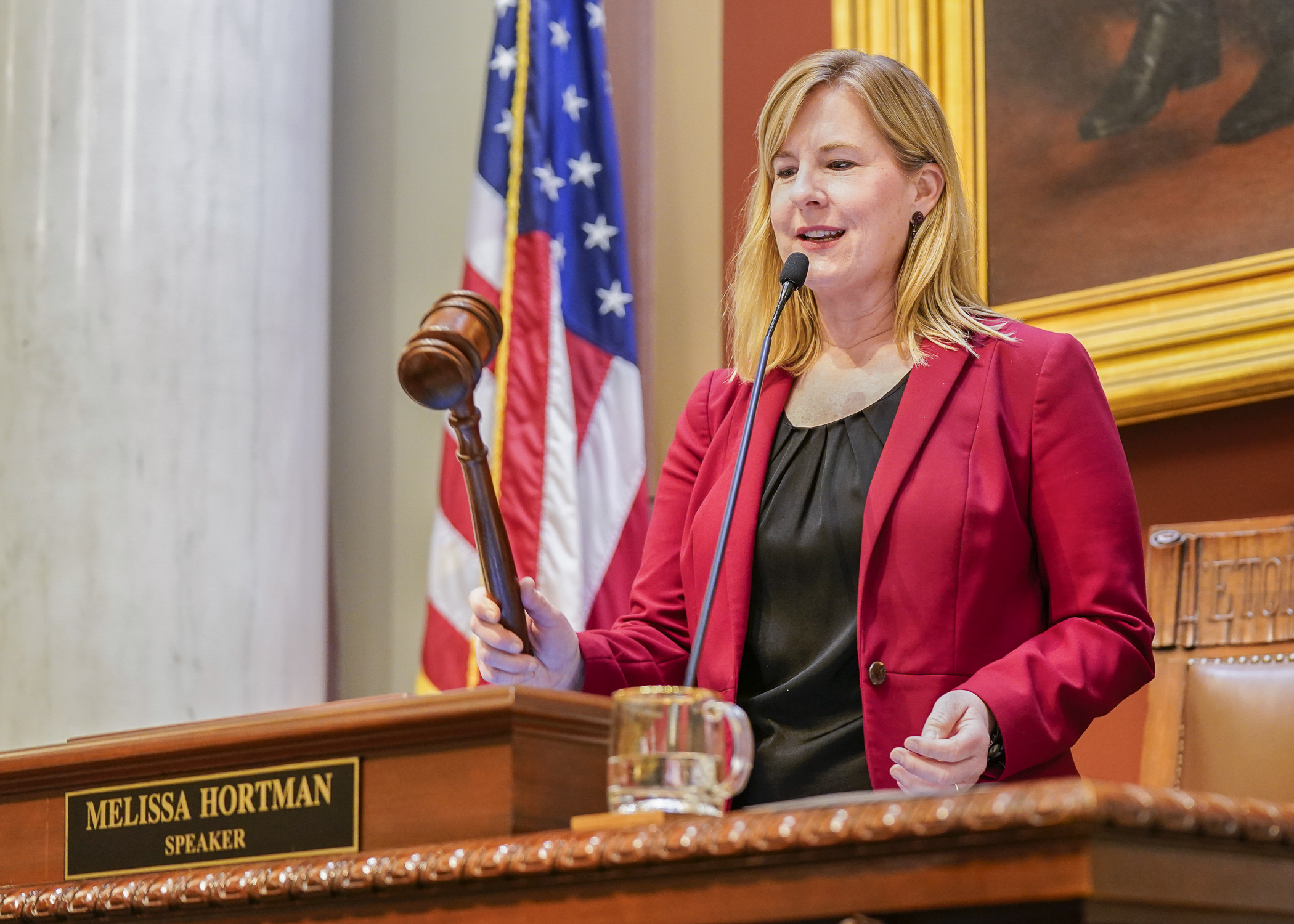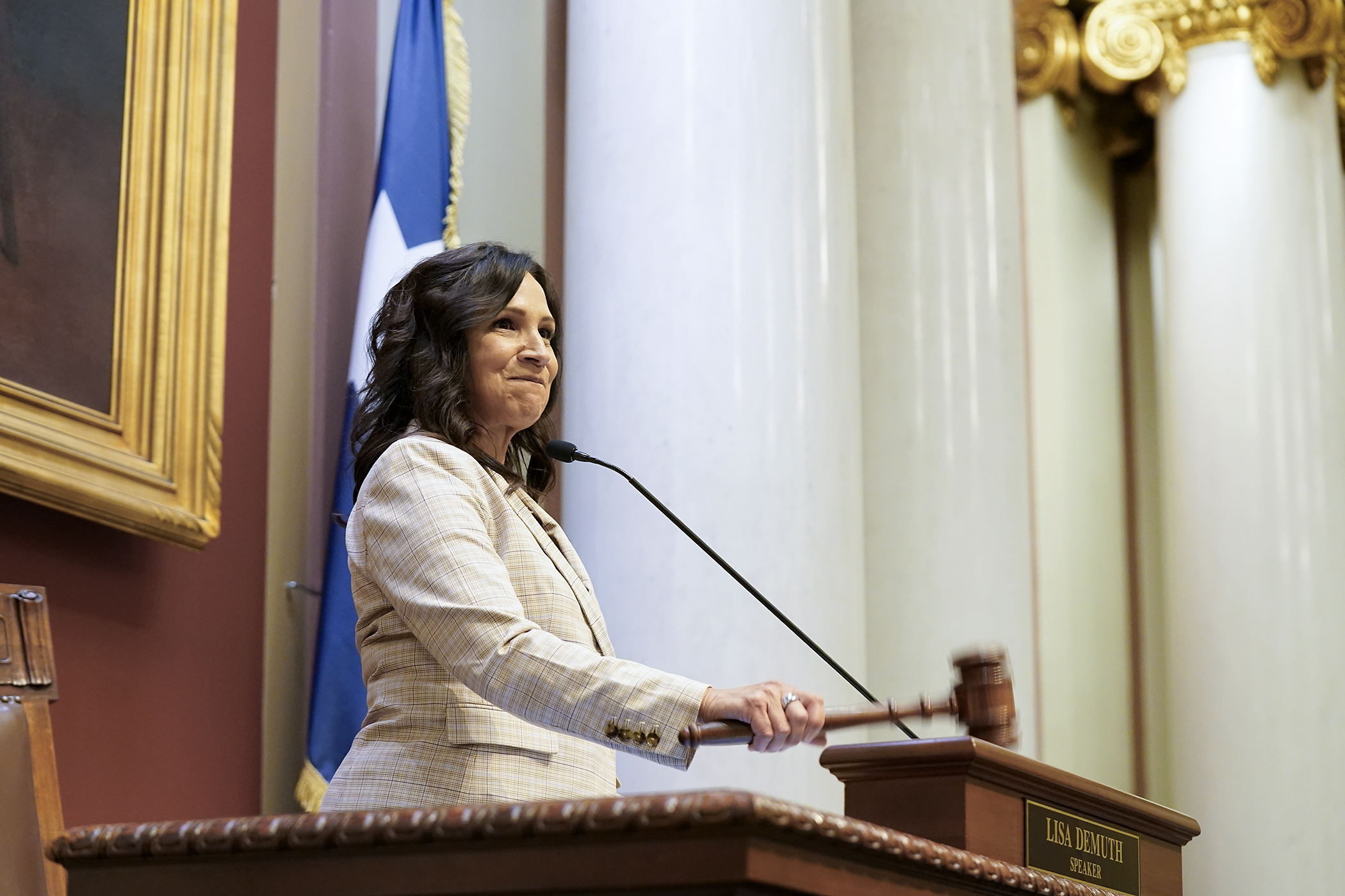Local funds could be required to ensure bonding projects are maintained
Wants again far outnumber availability for projects that could be included in a 2024 capital investment law.
More than $4.7 billion in requests has been received from state agencies; $3 billion from local units of government.
Rep. Fue Lee (DFL-Mpls) chairs the House Capital Investment Committee whose primary task this session is to develop a proposal that helps fund projects across the state. Gov. Tim Walz has put forth a recommendation that includes $830 million in general obligation bonds and $152 million in other funding sources. Legislative leaders have expressed desire for a similar general obligation bond total.
But Lee also wants recipients to look at long-term needs for funded projects.
Approved Tuesday by the House State and Local Government Finance and Policy Committee on a split-voice vote is HF3582 that, as amended, would require a grantee of state money for a capital improvement project to establish a replacement fund for major rehabilitation, expansion, or replacement of the project once it has reached its useful life.
“This is one avenue to help us ensure that we are planning for the future so that communities actually have a plan to fix the asset that we are putting money into, and we can continue to help out other communities throughout the entire state that still need help,” Lee said.
The bill next goes to the House Capital Investment Committee.
Minnesota Management and Budget officials would determine annual minimum deposit amounts into the replacement fund.
Rep. Danny Nadeau (R-Rogers) pointed out the bill would exempt state agencies from the requirement.
“This is an idea in concept that I do want to explore with our state agencies,” responded Lee.
Rep. Jim Nash (R-Waconia) expressed concern about small cities having to create a reserve fund when their officials ask for state help in the first place because there are not local resources to fully fund a needed project.
“Communities right now have the ability to charge a fee for whatever type of infrastructure, and maybe that could be set aside for the reserve,” said Lee. “… I’m more than willing to work to make sure communities will not be negatively impacted, but with the foresight that we do need to plan for the long term so the state could address our responsibility which are the state assets.”
Related Articles
Search Session Daily
Advanced Search OptionsPriority Dailies
Speaker Emerita Melissa Hortman, husband killed in attack
By HPIS Staff House Speaker Emerita Melissa Hortman (DFL-Brooklyn Park) and her husband, Mark, were fatally shot in their home early Saturday morning.
Gov. Tim Walz announced the news dur...
House Speaker Emerita Melissa Hortman (DFL-Brooklyn Park) and her husband, Mark, were fatally shot in their home early Saturday morning.
Gov. Tim Walz announced the news dur...
Lawmakers deliver budget bills to governor's desk in one-day special session
By Mike Cook About that talk of needing all 21 hours left in a legislative day to complete a special session?
House members were more than up to the challenge Monday. Beginning at 10 a.m...
About that talk of needing all 21 hours left in a legislative day to complete a special session?
House members were more than up to the challenge Monday. Beginning at 10 a.m...